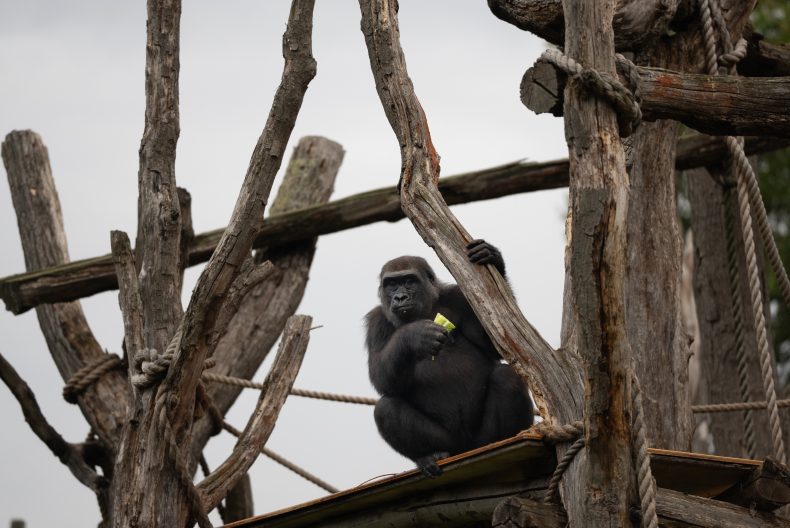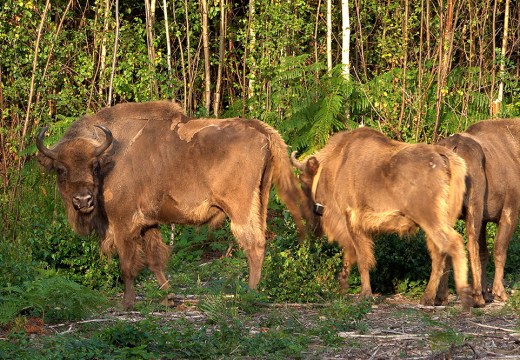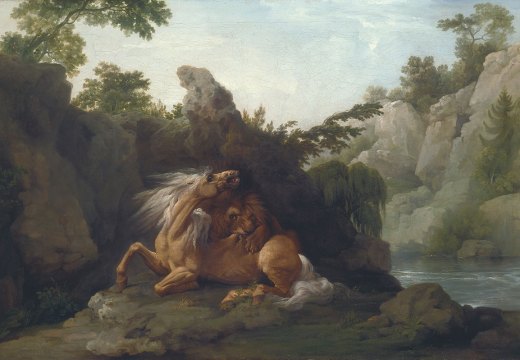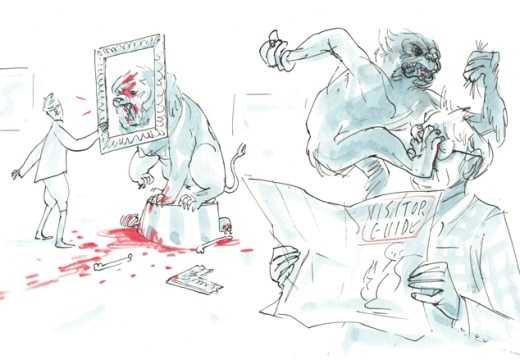With autumn comes that back-to-school feeling – and actual school, depending on how old you are. So why not hold on to the feeling of being on holiday by taking in an attraction where you actually live, that you’ve always wanted to visit, but never braved the crowds to see.
Since I moved to London about 14 years ago I have never had my photo taken in a phone box, or taken a ride around Soho in one of those neon rickshaws. I’m trying my best to blend in. If it’s something I can’t imagine a ‘real’ Londoner doing, then I’m not doing it. London Zoo is one of those attractions that doesn’t fit into this bracket for me: lions, tigers and giraffes aren’t in Eastenders.
But Apollo offered to arrange a visit, so in the spirit of broadening my mind I relaxed my stance for a day and headed off to the zoo on a sunny weekend. I decided to be led for the day by a free map with a checklist of 12 animals on the back: ‘Who can you spot at the zoo?’. It may have been made for children but I thought this would be a good guide for a first-timer, and it seemed like something a tourist would do. Halfway down the list was the ‘Western Lowland Gorilla’ and as I soon found myself next to a wooden sign saying ‘Gorilla Kingdom’, I took this as a good start, being a tourist didn’t seem all that hard.
The gorillas didn’t turn out to be all that hard to spot. One was lounging on the glass wall of its enclosure – not in the dignified pose you can see on the zoo’s website, but with his or her bum pressed firmly against the glass as they lay on their back picking dirt from under their fingernails. They seemed pretty comfortable with being stared at by a room of delighted adults and children. I joined in with the staring, until a small child gently pushed past my legs to get a better view.

The view from inside ’Gorilla Kingdom’ at London Zoo. Photo by Mark Case/Getty Images
‘Tiger Territory’ was next, with its name written over the wooden gate in script similar to a ninja film poster. They didn’t turn out to be much trickier to spot than the gorillas, although they were far enough away in the middle of the enclosure as to inspire little wonder. Sleeping tigers don’t seem all that different to domestic cats when viewed from 30 metres or so away. Later on in my visit the lions were much the same: cats napping at a distance.
Perhaps I am not very good at reading maps illustrated with animals, but finding the Penguin Pool was surprisingly difficult. Designed by the modernist architect Berthold Lubetkin, in pictures it looks like a mid-century lido with curved white concrete walls around a bright blue pool and two spiralling slides for penguins to glide down. However, there haven’t been any penguins in the pool since 2004, as walking on the concrete all day gave them a bacterial infection called Bumblefoot. Now the pool is full of rubber ducks, apparently left over from the season of late-night events over the summer.

Penguin Pool, London Zoo, London, United Kingdom. Architect: Berthold Lubetkin, 1934. The Penguin Pool designed by Berthold Lubetkin opened in 1934, but proved incongenial to the penguins, who moved out in 2004. Photo: Grant Smith/View Pictures/Universal Images Group via Getty Images
I managed to tick a few more animals off the list: the Galápagos giant tortoise, which was indeed big; flamingos – a lot smaller than television had led me to believe; leafcutter ants – surprisingly fascinating to watch, as they paraded freshly-cut leaves along a piece of rope. Without any barrier between me and the ants I could have taken the leaf off them, though didn’t.
After the lemurs, where visitors walk through the enclosure with a zookeeper shouting out instructions to give the lemurs space (no stroking), I came to the ‘Nightlife’ area. This is a series of darkened rooms for nocturnal animals. Unsurprisingly these aren’t easy to spot either, hidden in tanks among the undergrowth. But a bush baby was on my map and I was determined to see it. Families who had been peering through the glass wall for while were leaving the room in disappointment, leaving me in an empty room for the first time in my day at the zoo. After a few minutes staring into the dark tank full of branches and leaves, I was starting to enjoy the peace and quiet after a day spent among children shouting and parents shouting after them. Then I noticed the branch in front of me looked a bit more fluffy than the rest, and when I followed the branch down, it led to a pair of large eyes with two big satellite dish ears above them. The bush baby stared back at me for a while, until another family came in (‘What’s in here Mummy? Where is it?’) – and it clambered off towards the back of the tank. I may have come round to being a tourist, but it must be a hard being a tourist attraction.
Unlimited access from just $16 every 3 months
Subscribe to get unlimited and exclusive access to the top art stories, interviews and exhibition reviews.














![Masterpiece [Re]discovery 2022. Photo: Ben Fisher Photography, courtesy of Masterpiece London](http://www.apollo-magazine.com/wp-content/uploads/2022/07/MPL2022_4263.jpg)
It’s time for the government of London to return to its rightful home